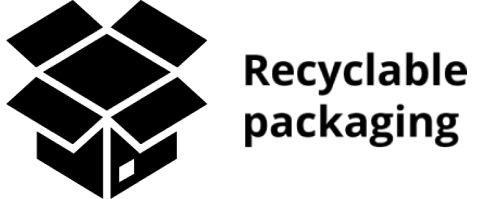Description
Benefits
• Avoid cure shrinkage problems by using cured silicone bonded with uncured material.
• Can be used over complex surface to produce smooth finish.
Technical data
| Properties listed are typical for the fully cured material | Test method | |
| Material type | Uncured fibreglass reinforced rubber | |
| Colour | Red | |
| Hardness | 55 +/- 5 Shore A | ASTM D2240 |
| Maximum use temperature | 232°C (450°F) | |
| Tensile strength | 3.10 MPa (450 psi) | ASTM D412 die A |
| Shelf life | 6 months when stored below 4°C (40°F) | |
| 30 days when stored at 22°C (72°F) from date of shipment when stored in original packaging | ||
Sizes
| Thickness | Width | Length | Packaging Type |
|---|---|---|---|
| 1.52 mm (0.060 inch) | 96.5 cm (38 inches) | 22.9 m (25 yards) | roll |
Sustainability

Application
• Clean mould or part face with isopropyl alcohol, then apply mould release.
• Cut Airpad HTS 5553 silicone caul pad material to desired size.
• Place on mould surface and gently press out any entrapped air from between the mould and material.
• Place the next layer over the first, alternating the material joints, if any.
• Three layers are recommended for maximum stiffness.
• Place a layer of A4000 release film and a layer of Airweave® N7 breather over surface.
• Vacuum bag and debulk 20 minutes at 0,85 bar at room temperature.
• Cure at 177°C (350°F) for 3 hours full vacuum minimum 2 bar.
• Alternative out of autoclave cure cycle: full vacuum 0,85 bar 120°C (250°F) for one hour and 177°C (350°F) for two hours.
• Allow to cool below 49°C (120°F) before removal from tool.
• Trim to size if required.
Post cure instructions:
• Place fully cured material in cool oven exposed to air.
• Ramp temperature to 204°C (400°F) in 30 minutes.
• Dwell at 204°C (400°F) for 4 hours.
• Cool below 49°C (120°F) before handling.
Notes
• The maximum use temperature is dependent upon the duration at maximum temperature and is process
specific, Airtech recommends testing prior to use.
Last updated : 2025-06-21
As the conditions or methods of use, including storage, are beyond our control, Airtech International, Inc. does not assume responsibility for the performance of this material for any particular use. The material is sold "as is". Airtech International, Inc. disclaims, and buyer waives, any and all implied warranties, including without limitation the implied warranties of merchantability and of fitness for particular use. The information contained herein represents typical properties and should not be used for specification purposes. Any translation is provided for your convenience only. The official language is English and the official law is California, USA.
Enter your email to view the product detail
About
Featured Posts
Contact info
Address: 5700 Skylab Road,
Huntington Beach, CA 92647
United StatesPhone: +1 714 899 8100

